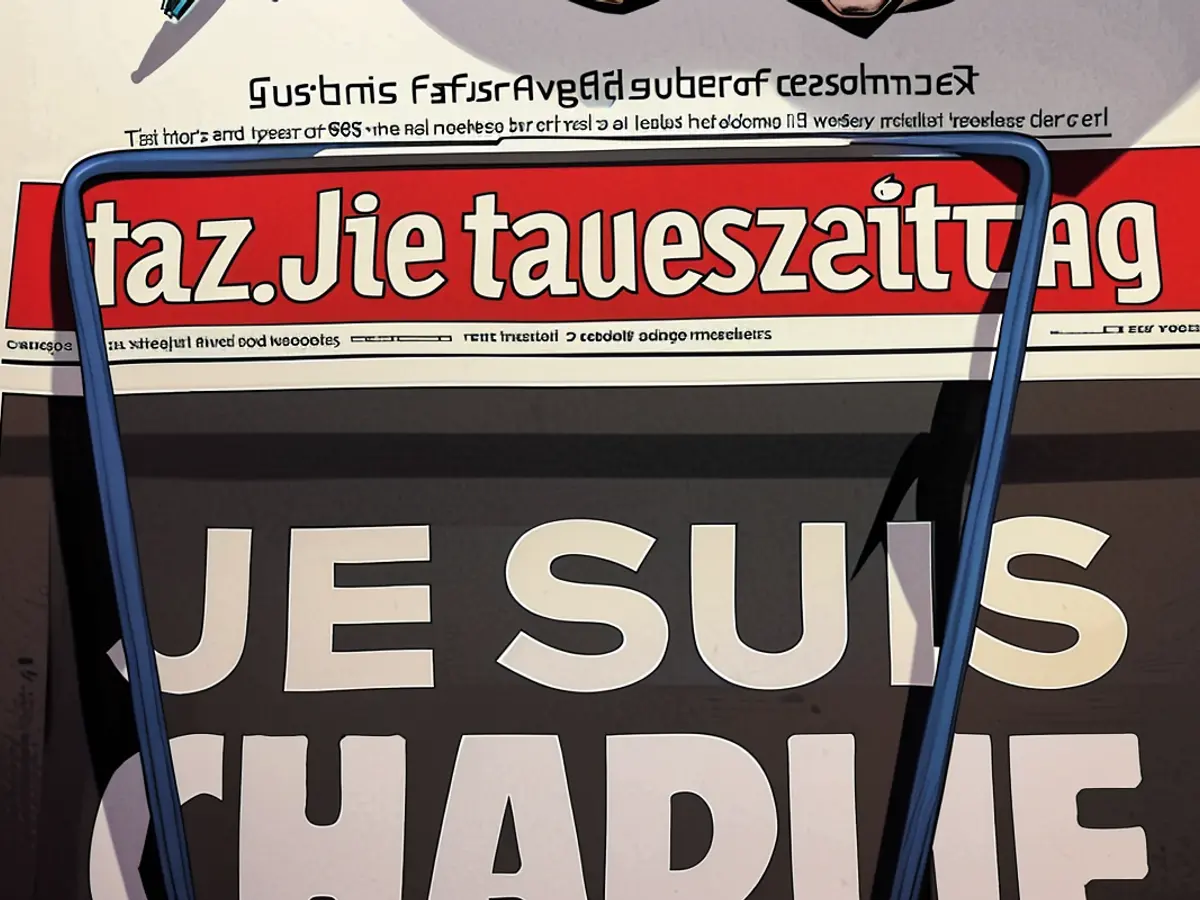The publication 'Taz' gets its printed version prepared
By late 2025, fans of the progressive weekly publication "taz" will solely have to rely on its digital version for weekday reads. The organization behind the newspaper has decided to cease its printed edition from Monday to Friday, with the last print on October 17, 2025, as announced during their assembly in Berlin. Though the weekday print edition will no longer exist, the newspaper will continue to provide digital content via e-paper from Monday to Friday.
This decision marks a significant milestone in the evolution of the industry: the "taz" has been publication its daily editions from Monday to Friday since April 17, 1979. With a circulation of approximately 46,000 copies, the newspaper is now one of the initial German publishing companies to make such a major switch towards digital media.
For quite some time, publishers and editors have been pondering the longevity of printed newspaper editions and the demand from readers. Recently, many media houses have chosen to boost their digital offerings.
"Wochentaz" persists
The decision to move away from the daily print by "taz" - a cooperative-owned newspaper - has been in the works for a while. Their shift was noticeable since November 2022, when a weekly newspaper ("Wochentaz") with a circulation of around 70,000 copies in Q2 emerged. This publication will continue to be available in both print and digital versions on a weekly basis. The weekly newspaper essentially replaced the weekend edition of the daily newspaper.
In the future, the Berlin-based newspaper will primarily disseminate up-to-date content through its website. Unlike its competitors, the website does not impose a paywall, and the content is free to access. Simultaneously, they employ a solidarity model, where users can choose to pay for the content on their website if they wish.
Paraphrased text, as requested.
The shift towards digital media by "taz" has led to intense discussion within the media industry. The media has widely reported on this transition, highlighting the cooperative-owned newspaper's decision to focus on its digital version for weekday reads while maintaining its weekly print edition.
Despite the decline in the demand for printed newspapers, "taz" continues to be a pioneer in the industry, demonstrating its commitment to making content accessible to its readers. The media continues to cover this transition, recognizing "taz" as a trailblazer in the digital age.








